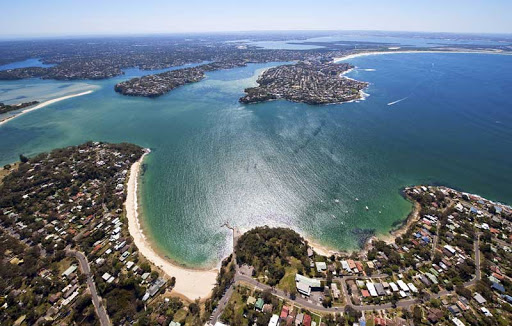The Royal National Park, Heathcote National Park and Garawarra State Conservation Area are located between the major urban centres of Sydney and Wollongong and are part of the traditional country of Aboriginal people of the Dharawal language group. Situated on the doorstep of Australia’s most populated city, the parks welcome more than 6 million visitors each year.
A new draft plan of management has been developed for these parks and is accompanied by the Royal National Park, Heathcote National Park and Garawarra State Conservation Area Planning Considerations document. Readers of the plan should refer to this document for detailed explanations of the parks’ values and management considerations.
You can download the report here.
How you can have your say:
Send a written submission via
- www.environment.nsw.gov.au/get-involved/have-your-say
- Email to npws@parkplanning@environment.nsw.gov.au
- Post to:
Manager, Planning Evaluation and Assessment
Locked Bag 5022
Parramatta NSW 2124
Written submissions MUST be received by 2 August 2021
To help them make best use of your feedback:
- Please tell them what issue or part of the plan you are talking about by including the section heading and page number from the plan.
- Please tell them how you and other people use and value the park.
To assist, we have selected key points from the Draft Plan of Management involving South West Arm and in particular, the moorings contained therein.
NPWS vision for the park (“Our Vision for the Parks” – page 4) includes:
- protecting the ecological integrity and biodiversity
- to provide diverse recreational opportunities
- providing services and facilities that encourage and support people of all ages, cultures and abilities to access and enjoy the parks
Increasing the number of public courtesy moorings to SW Arm will meet all of these criteria. A suitable number of moorings to meet the existing demand and situated in the most suitable locations will limit the number of anchors used eliminating the use of ‘plow’ anchors and reducing the risk of ‘dragging’ thereby aiding the protection of the ecological integrity and biodiversity of the area.
At the same time those additional moorings will provide services and facilities for diverse recreational opportunities.
The parks are valued as places of natural beauty (“Why the parks are important” – page 7) for relaxation, enjoyment and recreational, adventure and leisure experiences.
Fixed mooring sites/locations, as opposed to uncontrolled anchoring will assist in the conservation of biodiversity, maintenance of ecosystem function, protection of geological and geomorphological features of the marine bed (“Management Principles” – pages 8 & 9) while celebrating these places of natural beauty.
The parks have a history of recreational usage dating back to 1879. Most visitors are attracted to the coastal areas and come to the parks to participate in water-based activities. (“Providing for visitor use and enjoyment”- page 14).
The plan aims to provide for a range of visitor experiences (“Visitor management zones” – page 14) and the guiding management principles for Zone 1 include the provision of low-intensity, passive visitor experiences (“Table 2 Visitor Management Zones”- page 15). Table 2 in the Visitor Management Zones section of the plan featuring visitor experience, allows for the provision of opportunities for passive recreation in a natural setting.
“Other recreational activities” are outlined on page 21 of the draft plan and notes the 6 publicly accessible moorings in SW Arm. It states that NPWS will provide access to mooring opportunities subject to assessment by the relevant waterway management agency in consideration of use, demand and context with Port hacking and environmental impact assessment.
Table 6 – “Scheme of operations” on page 27 details the desired outcomes for the parks’ values and the actions NPWS proposes to undertake to achieve those outcomes. Item 13 in that table (page 30) lists a desired outcome that ‘Visitors enjoy a high quality, safe and meaningful visitor experience in the parks’. NPWS proposes to achieve this by investigating and implementing measures to reduce the impacts resulting from the use of personal watercraft and other vessels in South West Arm and by supporting recreational opportunities working with the relevant waterway management agency to manage moorings in SW Arm.
Industry Data for 2020 provided by the Boating industry Association (www.bia.org.au/industry/industry-data) indicates that new boat sales rose by 18% and used boat sales rose by 14% after showing a 15% and 10% rise in 2019 respectively. Marinas and moorings increase by 11.5% in 2020 after a 14% rise in 2019. These annual increases are consistent back to 2017 while the number of courtesy moorings in Port Hacking has not increased in that time and in SW Arm has not increased since prior to the last Plan of Management some 20+ years ago.


